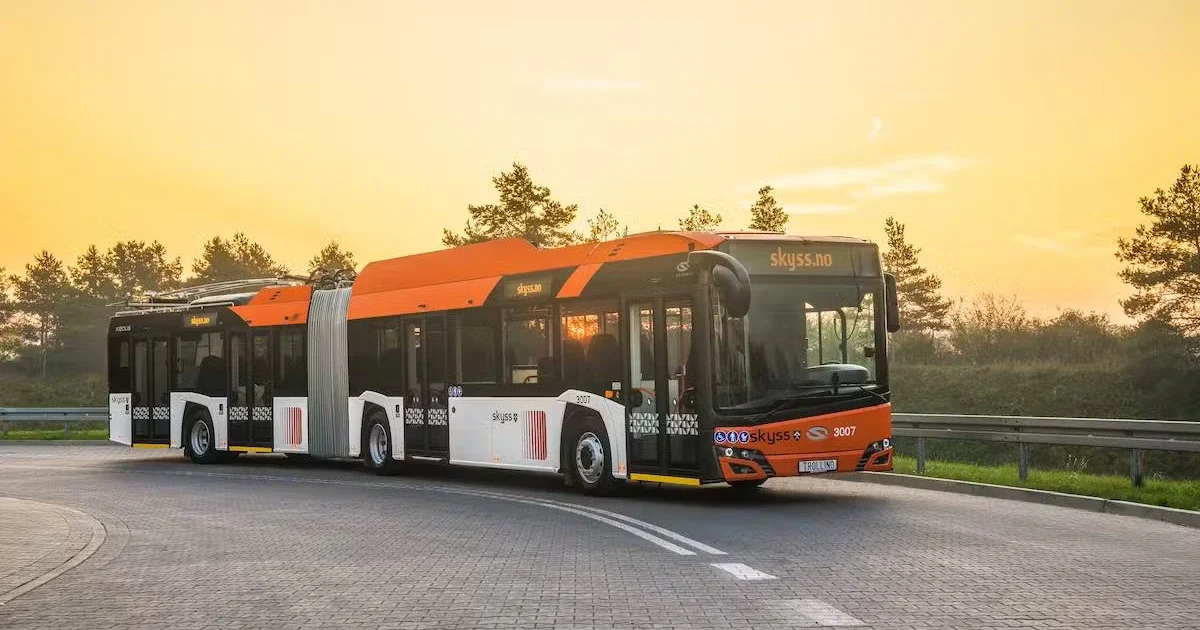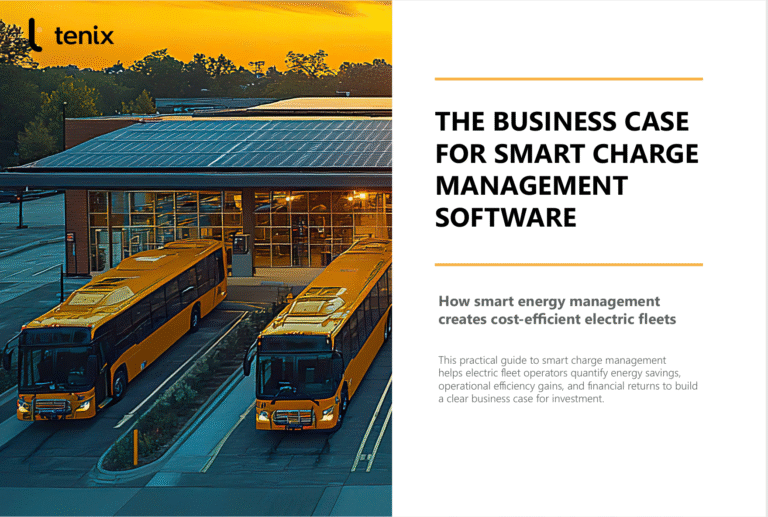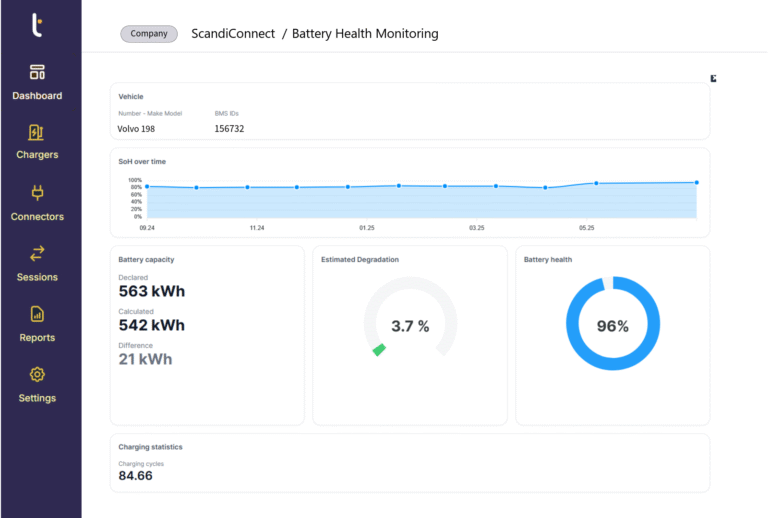As energy prices fluctuate and electric vehicle (EV) adoption accelerates, fleet managers are looking for smarter ways to control costs and keep operations predictable. One strategy for this is peak shaving. This energy price-driven approach helps fleet operators reduce energy use during high-demand periods, lower electricity bills, and contribute to a more stable and sustainable energy system.
In this article, we explain what peak shaving is, why it matters for electric fleets, and how operators can put it into practice.
What Is Peak Shaving?
Peak shaving refers to reducing energy consumption during times of high demand, known as “peak hours.” By strategically managing when and how energy is used, operators can avoid the most expensive charging periods and ease pressure on the electrical grid.
In simple terms, it means charging vehicles when electricity is cheaper and cleaner. During off-peak hours, renewable energy is often more abundant and tariffs are lower, creating an opportunity for significant savings.
Why Peak Shaving Matters for Electric Vehicle Fleets
Lower Costs
Electricity prices often spike during peak demand periods. By shifting charging to off-peak times, operators can save between 15 and 25 percent on overall energy costs. For large bus or truck depots, this can represent thousands of euros saved each month.
Avoid Demand Charges
Commercial energy users often pay additional fees when consumption exceeds a certain threshold. Effective peak shaving can reduce these charges by up to 30 percent, stabilising monthly energy budgets.
Support Grid Stability
By spreading charging more evenly throughout the day and night, fleets help reduce stress on the grid and lower the risk of capacity-related outages.
Enhance Sustainability
Charging when renewable energy is most available lowers carbon intensity. The European Environment Agency reports that better load management can reduce fleet-related emissions by up to 15 percent while increasing the use of renewable power.
Extend Battery Life
Smoother, planned charging cycles protect battery health. Research from the European Battery Alliance indicates that managed charging can extend EV battery lifespan by 10 to 20 percent, reducing replacement costs and waste.
How to Implement Peak Shaving in Electric Fleets
1. Integrate Smart Charging Systems
Smart charging is the foundation of peak shaving. Platforms like Tenix Charge allow operators to monitor real-time grid demand, adjust charging automatically, and ensure vehicles are ready when needed. Predictive data identifies the cheapest and cleanest charging windows without manual intervention.
2. Participate in Demand Response Programs
Many utilities now offer incentives for fleets that reduce consumption during grid peaks. By joining these programs, operators can pause or delay charging when demand surges, helping stabilise the grid and lowering overall costs.
3. Use Energy Storage Systems
Energy storage adds flexibility. Depot batteries can be charged during off-peak hours and used to power chargers during high-demand periods. This reduces reliance on grid energy when prices are highest and provides an extra buffer for operational stability.
4. Optimise Routes and Schedules
Charging strategy starts with planning. Analysing vehicle routes, dwell times, and range requirements helps operators schedule charging around vehicle availability. Fleets that combine route optimisation with peak shaving typically see up to 20 percent improvements in energy efficiency and vehicle utilisation.
Making Peak Shaving Part of Everyday Operations
Peak shaving is not a one-off energy project; it is an ongoing management practice. The process starts by analysing depot energy data to identify peak demand times and understanding how current charging habits affect costs. From there, fleets can implement automation and decision rules in their depot management systems to ensure efficient energy use every day.
Tenix Charge makes this process simple by combining live energy data, charging control, and scheduling tools in one platform. The result is a system that automatically manages when and how vehicles are charged, reducing costs while maintaining operational reliability.
The Next Step for Fleet Electrification
Peak shaving is becoming a defining capability for efficient electric fleet operations. As cities and transport companies scale up electrification, the ability to manage energy intelligently will determine who achieves real cost stability and sustainability.
Fleet managers can take immediate action by:
- Auditing depot energy use to identify peak demand hours
- Adopting smart charging software to automate off-peak charging
- Collaborating with utilities to access demand response incentives
- Considering on-site battery storage to increase flexibility
Energy volatility will continue across Europe in the coming years. Fleets that act now can transform this challenge into a competitive advantage.
Tenix helps operators achieve this by providing full visibility and control over charging schedules, energy use, and depot performance, enabling lower costs, longer battery life, and more predictable operations.




